Germany Had 90 Minutes to Prepare for a Beach Ball-Sized Meteorite Impact
Meanwhile meteorite hunters rushed to Berlin to find this most rare space rock.
Earth is being pummeled by meteorites daily, but most of its residents aren’t even aware. According to NASA’s planetary defense system Scout, nearly 50 tons of meteoritic matter hit the planet daily. Most small pieces are never found, but occasionally a celestial fireball pushes through the atmosphere and lands on the ground. And on January 21 outside of Berlin, Germany, that’s just what happened. A meteorite on a wayward journey from the asteroid belt between Mars and Jupiter shattered into dozens of pieces—and meteor hunters from around the world mobilized to begin their search.
In San Francisco, meteor astronomer Peter Jenniskens watched data from Scout as well as the European Space Agency’s Meerkat asteroid guard system, which were tracking the meteorite from Asteroid 2024 Bx1. Jenniskens and colleagues—both professionals and hobbyists—furiously worked to predict where the object would land. Teaming up with Lutz Hecht at the Museum für Naturkunde, he boarded his first of two red eye flights. “I spent my nine hour layover in Newark fruitfully calculating where I expected the meteorites to have fallen,” he says.
Once in Germany, they went directly to the predicted strewn field south of the town of Ribbeck, partnering with more local organizations and hobbyists. “We very quickly had the local science community organized.”


After a search complicated by storms, the team began to recover pieces of 2024 Bx1 on Thursday, February 1. A landscape architect from Poland, Kryspin Kmieciak, found the largest piece—about the size of a baseball. In the meteorite world, he’s known as the “main mass holder.” There’s an entire community of fellow rockhounds, and Kmieciak explains, “I meet a lot of friends when we go search for meteorites.” He plans to open a meteorite shop in Poznań, Poland in the near future.
Meteorite detection has improved over the last few decades, which is why teams were able to quickly locate the strewn field. Robert Lunsford, Fireball Director for both the American Meteor Society and the International Meteor Organization, says astronomers around the globe are constantly watching the skies. “This particular meteor was the size of a very large beach ball,” he says. “When out in space, something this small is very faint, and it was sheer luck that it was found prior to striking the atmosphere.”
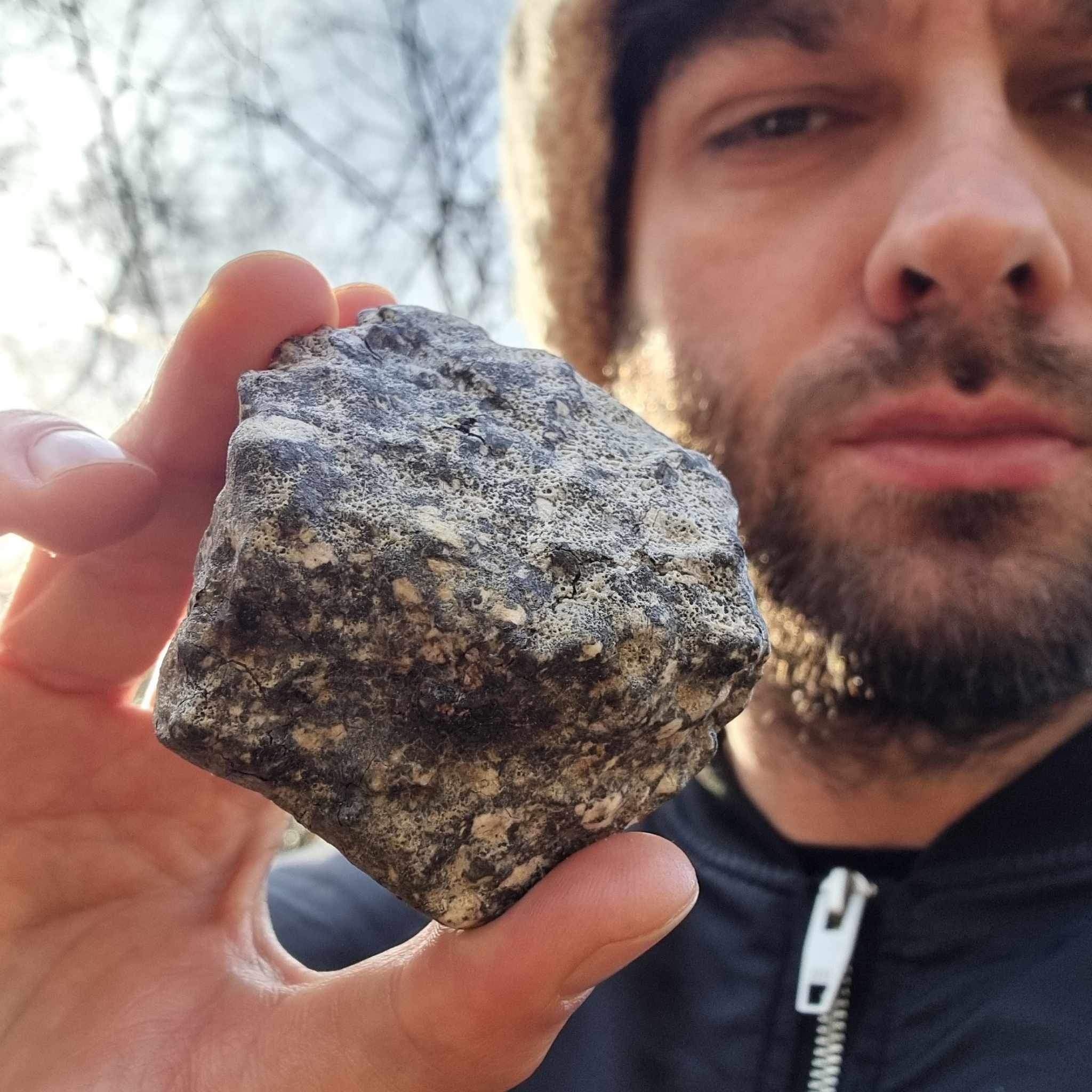
NASA located the meteor and gave notification about 90 minutes before impact. That short warning is not concerning, says NASA’s Planetary Defense Officer Lindley Johnson. “If the object were large enough that some damage at the surface of Earth could occur, it would be spotted much earlier than just a few hours away, and the notification process is much more formal to ensure the best available information is provided to our governments and the public.” Astronomers around the world report observations to the International Asteroid Warning Network. This is only the eighth time a small asteroid has been detected while still in space.
One reason it took several days after impact to find meteorite fragments is that this is one of the rarest types of space rock: aubrite. Melinda Hutson, curator of the Cascadia Meteorite Laboratory at Portland State University, says 90% of meteorites are chondrites, which contain metal and are easier to find. Aubrites, though, look like Earth rocks.
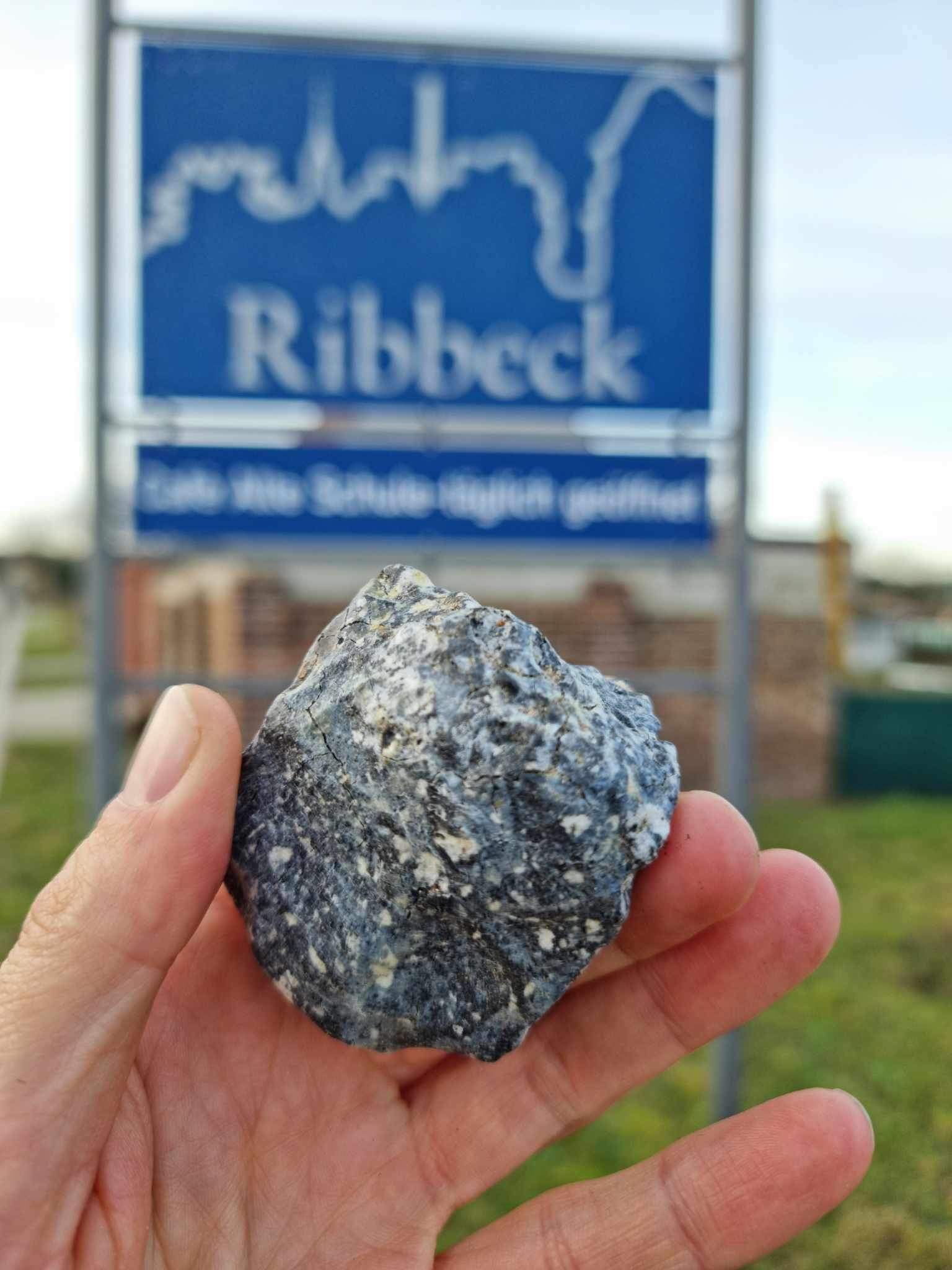
To date, there are only fragments of aubrites in 11 collections worldwide. “Some meteorites can give us an idea of how long it took to build the Earth from small pieces. Others give us insights into the formation of the Earth’s core… The types of meteorites give us a picture of what the building blocks of the Earth may have looked like.”
Jenniskens says that while most meteorites have a black or brown fusion crust, these aubrite fragments have a clear crust, like a glass coating, that allows the beauty of each rock to shine through. It’s unique even among already-rare aubrites. He’s not seen anything like it before and hopes to learn more about the origins of life and planetary defense through further study. “What is it going to tell us about the history of Earth and the solar system?” he muses. “And that’s the fun part for us. What information is contained in this little treasure?”


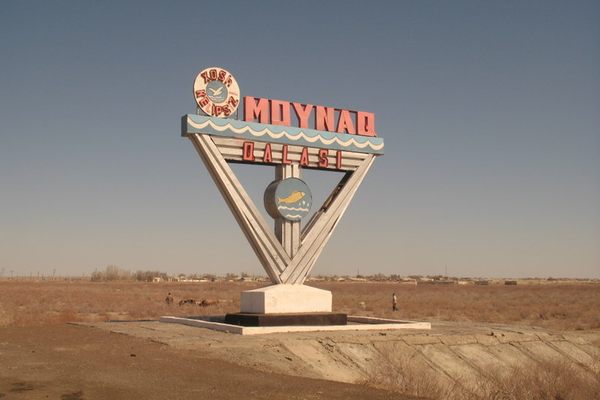


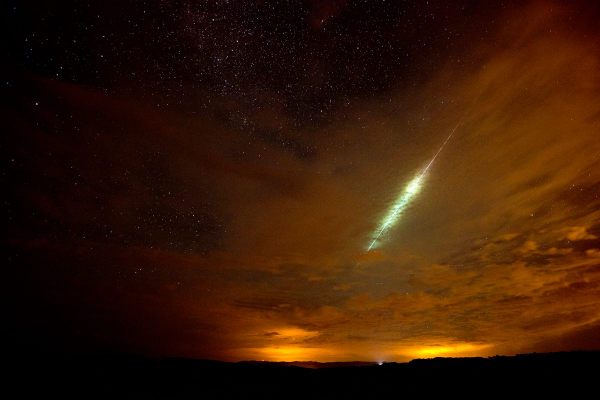
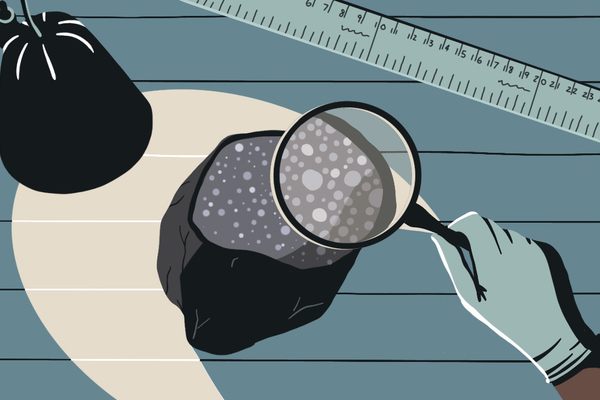









Follow us on Twitter to get the latest on the world's hidden wonders.
Like us on Facebook to get the latest on the world's hidden wonders.
Follow us on Twitter Like us on Facebook